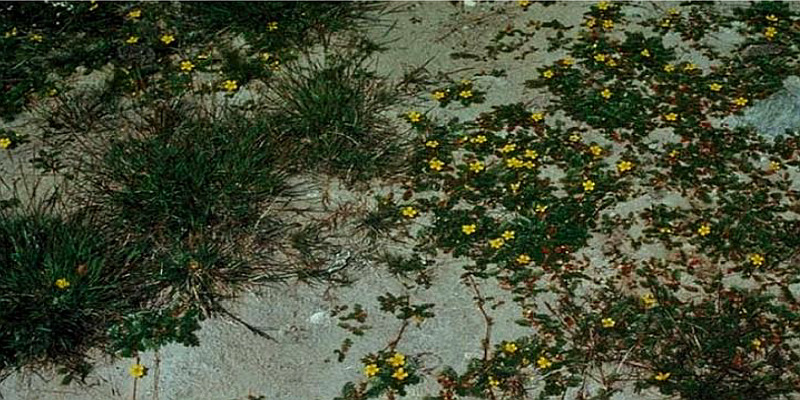
Anthropogenic threats to evolutionary heritage of angiosperms in the Netherlands through increase in high-competition environments
We identified, for the first time, the interface between present habitat types and past geological epochs. We showed that habitat types act today as ‘museums’ or as ‘cradles’ of evolutionary history, harbouring lineages from ancient, respectively recent, geological epochs. Understanding this role of habitat types is pivotal to protect evolutionary heritage, but until now ‘museums’ and ‘cradles’ had only been identified at the scale of regions across the globe. Differentiation between levels of evolutionary heritage of regional habitat types has major implications for conservation efforts. During the last century, particular habitat types suffered major anthropogenic decline. However, it remained unknown whether this habitat decline is a threat to macroevolutionary heritage. In this project, we show that declining habitat types are particularly valuable as they harbor many lineages from ancient epochs, notably the Paleogene. This evolutionary value would go unnoticed with classical parameters such as species richness or phylogenetic diversity. The fact that declining habitat types are rich in lineages from the Paleogene partly reflects the fact that weak competitors and species adapted to warm microclimates were overrepresented in these habitats. Simultaneously, Apiaceae, i.e. lineages that are particularly favored in anthropogenic Dutch landscapes, were overrepresented in stable or expanding habitat types. Overall, by changing microcimates and favouring strong competitors across a century, humans have threatened the macro-evolutionary heritage from ancient geological epochs.
Photo (Plantaginetea majoris habitat type) was obtained from SynBioSys Netherlands version 3.3.3 produced by Dr. Stephan Hennekens, with his permission.
Photo by J.H.J. Schaminée (fotonr. 01024)
Collaboration:
Andreas Prinzing from University Rennes 1, Centre National de la Recherche Scientifique, Research Unit Ecosystèmes Biodiversité, Evolution, Rennes, France
Wim Ozinga, Stephan Hennekens, Wieger Wamelink from Wageningen Environmental Research (Alterra), Wageningen, The Netherlands; Experimental Plant Ecology, Radboud University Nijmegen, Nijmegen, The Netherlands
Mark Bartish from Royal Institute of Technology, Stockholm, Sweden
Benjamin Yguel from Centre d’Ecologie et des Sciences de la Conservation, Sorbonne Universités-MNHN-CNRS-UPMC, Paris, France
Publications:
Bartish, I.V., Ozinga, W.A., Bartish, M.I., Wamelink, G.W.W., Hennekens, S.M., Yguel, B., Prinzing, A. (2020) Anthropogenic threats to evolutionary heritage of angiosperms in the Netherlands through increase in high-competition environments. Conservation Biology https://doi.org/10.1111/cobi.13556
Bartish, I.V., Ozinga, W.A., Bartish, M.I., Wamelink, G.W.W., Hennekens, S.M., Prinzing, A. (2016) Different habitats within a region contain evolutionary heritage from different epochs depending on the abiotic environment. Global Ecology and Biogeography, 25 (3): 274-285. https://doi.org/10.1111/geb.12408

